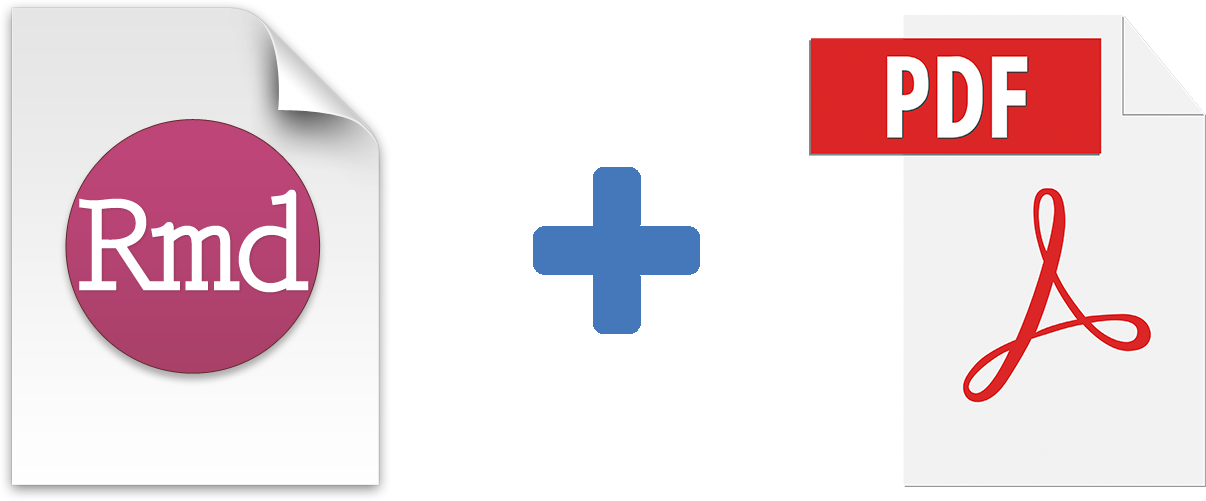Paper
R markdown formatting
The final report will only be accepted as a PDF output created from an R markdown file. You are free to use the template provided by clicking on the icon below or to create your own custom version.

Please note that there is no need to denote the variant in your submission as it will become obvious simply by looking at it. For further information about the R markdown framework and options, some resources are provided below:
go through the optional extra credit R markdown module on data.camp
check out the course section on R markdown in the Guides section
review over the R markdown section in R for Data Science. For a comprehensive guide to R markdown, take a look at the R markdown Cookbook
use an external resource like StackOverflow
reach out for assistance over our course Slack site
Paper Submissions
You are required to submit two variants of this task to different outlets. Please read the following carefully and ask questions if needed.
| Type of Submission | Description of Reporting Style | What to Provide | Where to Submit1 |
|---|---|---|---|
| Detailed Report | The entire report with all code chunks, syntax, and corresponding explanations shown as a single PDF | PDF as described |
|
| Cleaned Report | The entire report with all code chunks, syntax and explanations hidden as a single PDF |
PDF as described, .Rmd file, & applicable data set(s)2
|
|
Structure
The paper parallels a miniaturized article involving the parts below. Depending on the level of detail in your proposal, parts from that may be directly copied over. This should be written in a third party voice.
| Section | Description | |
|---|---|---|
| 1 | Introduction | A brief narrative of your data set including but not limited to its sampling frame, context, history if feasible, and network structure. Please end this section indicating your research question(s). |
| 2 | Methods | A detailed narrative outlining the unique need for an SNA and what approach(es) you took to address those. Please do not simply repeat or rehash SNA content such as definitions, methods, etc.; rather describe how each were applied in context, what they were intended to accomplish and why you chose to use them. |
| 3 | Analyses | A detailed narrative showing the work you’ve performed explicitly shown in the code chunks. Each chunk should be preceded by an explanation of what is going on and why you chose to pursue. |
| 4 | Results | A general narrative describing the study outcomes and any conclusions drawn. You need to be specific and tie the results back into the reseasrch question(s) |
| 5 | Limitations | A brief narrative describing possible next steps in conducting a future SNA predicated on what you have done and found thus far. |
There is a hard submission deadline on December 16 at 11:59 PM due to the short turnaround between finals week and the end of the university grading period. This implies that late submissions cannot be accepted.
Notes
There is no need to denote the variant in your submission as it will become obvious simply by looking at it
I highly recommend that you consider performing all of your analyses in a script first and then transferring the appropriate code over to an Rmarkdown file which is generally used for reporting
These are based on networks, so make sure to include multiple visualizations to assist with your narrative. Your visualizations should not only describe what is occurring stepwise, but also emphasize the complexity of your data. These should be included in both variants.